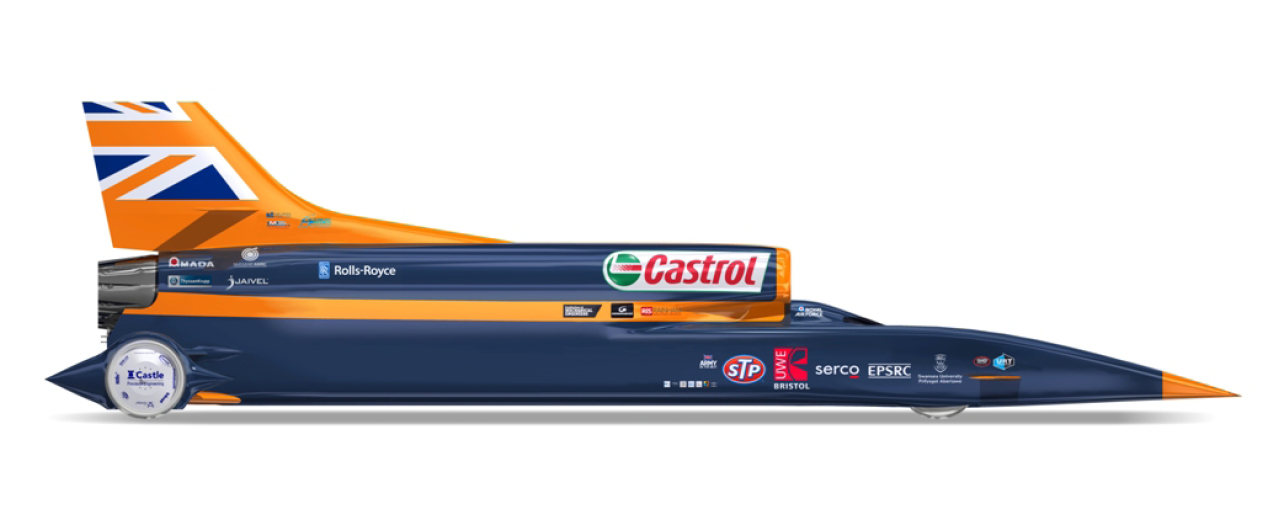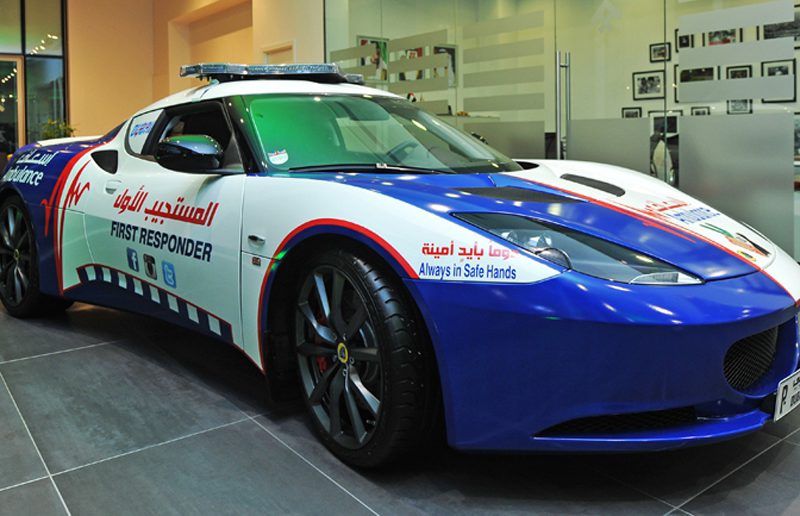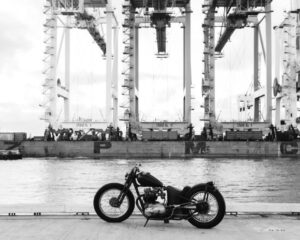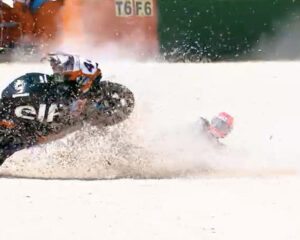The human need and desire for speed

Despite the risks, the penalties, there exists in some more than in others the need for speed
Alone against the elements or with a machine, the human need to go further and faster is embedded in our DNA. The need for speed the, 4 minute mile, 100 yards sprint, the quickest quarter mile, to be the fastest, are desires arising out of an addiction more than from a plan.
What maybe the summer Olympics most prestigious event, the 100 Meter race, is a test of speed. The addiction with speed is so strong that we create unconventional methods to evaluate our speed, such as the 100 meters on all fours.
Kenichi Ito broke the record for the fastest 100m run on all fours! His time was 17.47 seconds. Kenichi uses all fours at home everyday as part of his training and his running style is based on monkeys, which he studies.
To control the human desire for speed, governments create rules which they claim is an effort to protect us from ourselves. Motorsports governing bodies feel the need to create regulations to control speed. Despite all the efforts, the risks and the penalties, there exists in some more than in others the need for speed, the need to go faster, the need to be the fastest!
A few examples of the need and desire for speed:
Bloodhound SSC a British supersonic land vehicle currently in development with the goal to match or exceed 1,000 miles per hour, 1,609 km/h. The pencil-shaped car, powered by a jet engine and a rocket engine is designed to reach 1,050 miles per hour, 1,690 km/h. Andy Green will attempt to break his own World Land Speed Record with Bloodhound in October 2017.






